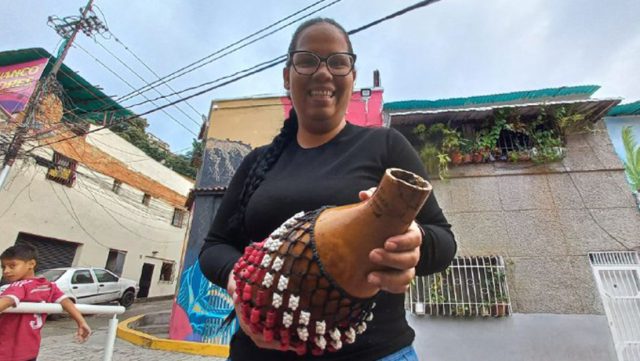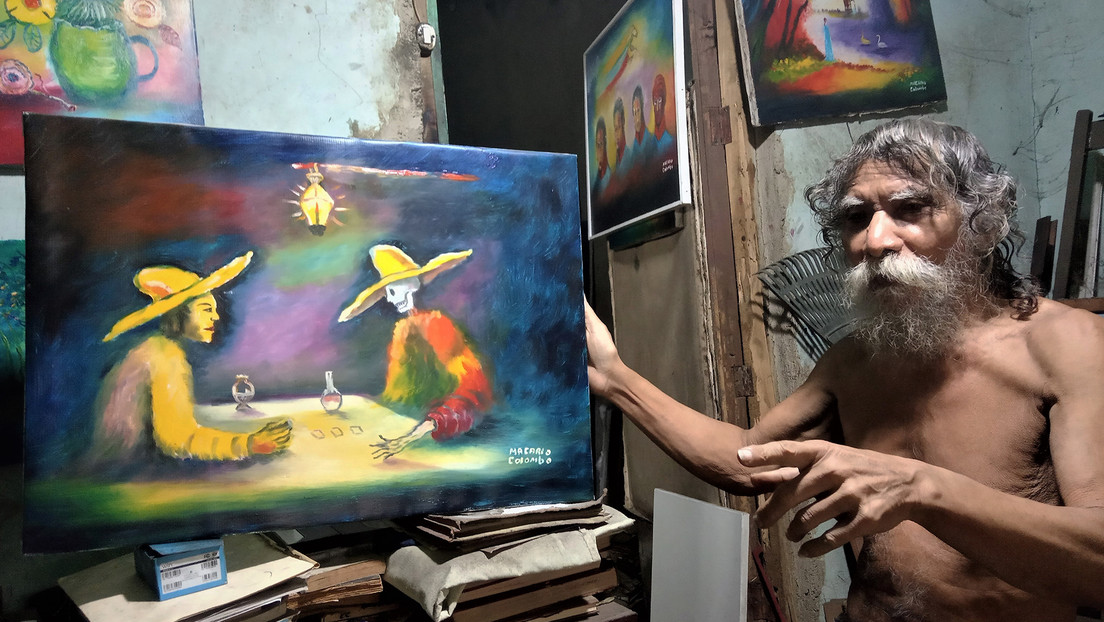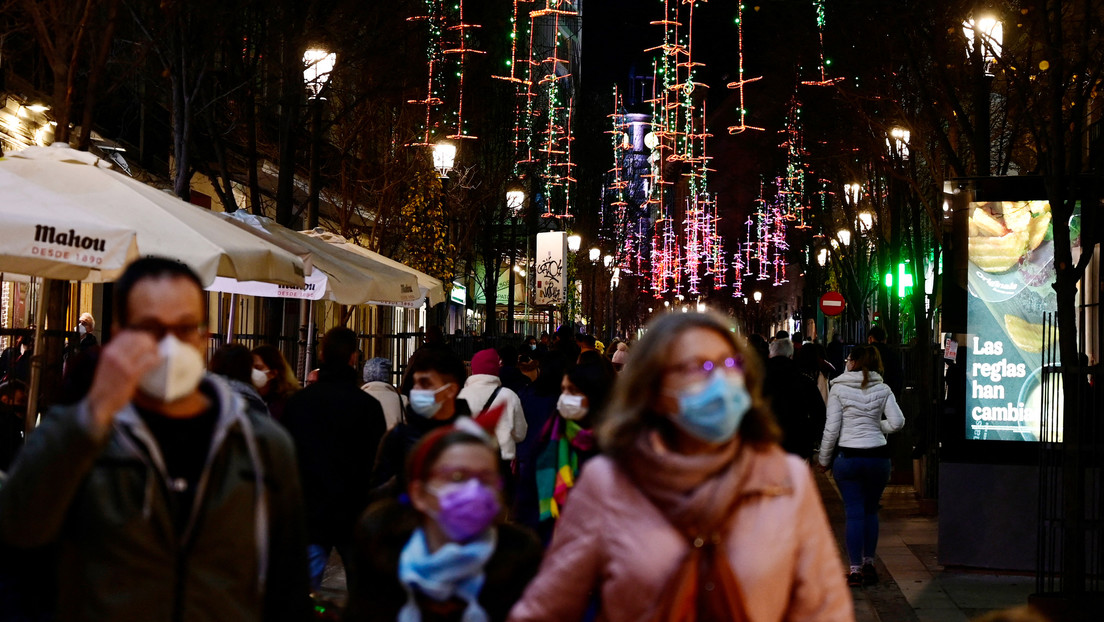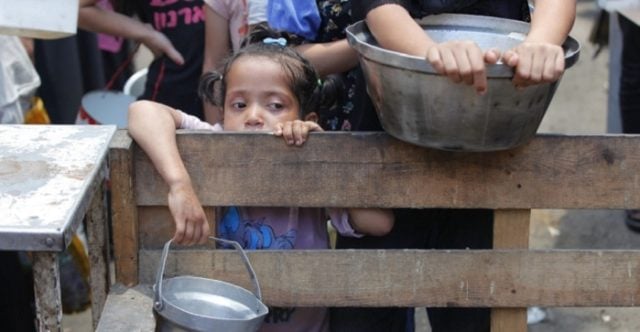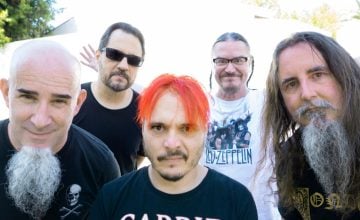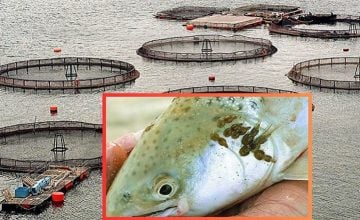The rescue in Venezuela of the seed of a fruit that was first used in Africa to make the shekere, a percussion instrument, is the beginning of this story that sounds and shakes in San Agustín, a popular neighborhood in Caracas, bastion of Afro-Venezuelan culture in the country’s capital.
The Venezuelan percussionist musician Richard Parada, sitting at one of the tables located outside the Alameda Theater, an emblematic place in the Caracas parish, tells Nathali Gómez of RT about his workshop called ‘The sowing of the shekere’, the first of its kind that is carried out formally in the country.
«This workshop has been beautiful because in less than a month I have seen a number of shekeres that I had not seen in years», says Parada proudly. In order to learn and practice, each student had to make or get his ‘instrument’, whose raw material is scarce in the capital.
After three months, the first cycle of this educational and musical activity ended and, given the demand and receptivity it had, it is expected that in 2022 an advanced level and a new basic level will be opened.
«They are in love with the instrument, so much so that today they are going to receive a certificate», says the musician who performs various musical genres and who was part of the Palmeras Kaníbales group.
The rescue of the shekere
When Parada talks about the rescue of the shekere, he goes to its origin. He remembers that one of his students arrived with the fruit of a camaza (a climbing curcubitaceae plant) that they gave her. «She told me it didn’t ring and when I turned it over, it had seeds that I planted in my house». He hopes that in a few months the plant will be able to bear small gourds (pumpkins) that could give life to new shekeres.
According to him, years ago «you could see them everywhere» (this herb), but little by little, it has been disappearing and that is why he plans to rescue it and teach how to interpret the ‘instrument’ that is made from its fruit.
«The workshop goes beyond just playing because we know, love and defend the shekere». he adds.
To this end, a network is being created among the workshop participants «which will be the ‘leading arrow’ for the true rescue of this instrument, which is to teach children in communities, in neighborhoods, in urbanizations and in schools».
What is the shekere?
The shekere is an idiophone percussion instrument (where the sound is produced by the vibration of its own body) that originated in West Africa. It was used by women to mark the rhythm in various tasks.
It is made using the fruit of a creeping plant of the Cucurbitaceae family, which is similar to the pumpkin, when it is more robust.
«The shekere is an ancient religious magic instrument and its roots are mainly African», says Parada. On that continent, it can be found in countries like Nigeria, Togo, Ghana, Benin and Sierra Leone where it can be known as lilolo, axatse, agbe, among other names.
Due to the slave trade, this instrument reached America and the Caribbean, mainly to countries such as Cuba, Brazil, Haiti and Jamaica. It was brought to Venezuela later, through the Afro-Cuban religion, and is not related to Afro-Venezuelan drums, which are also of African origin.
The shekere is also used by those who practice Cuban Santería (Spritism) and is second in importance after the batá drums, —three hourglass-shaped instruments, which go from largest to smallest, and which are used to establish communication in the religious ritual— collects the text ‘The language of the batá drums, inside and outside the ritual of Santería’.
The process of elaboration
The making of the shekere starts from the ground because its future body develops through its seeds. When the fruit is already formed, it is extracted from the plant, its narrowest end is cut and the pulp is removed. It is dried in the sun and the inside is painted. Their own seeds can be used again to plant and guarantee their existence.
A net is woven around its ‘body’ that will have embedded parapara seeds (from the sapindus saponaria plant), jabillo, peonies, among others. You can also put shells or plastic or wooden beads.
The hole allows the ‘bass sound’ produced inside to be projected, regardless of size.
There are now well-known percussion brands that make shekeres out of fiberglass and acrylic beads. This gives it a different kind of sound, according to Parada.
After watching videos where a Brazilian musician made a shekere with a plastic container (pote) with a capacity of five liters, the Venezuelan percussionist emulated it and called the new object ‘potsheré’, which uses part of the word pote, which is the way to denominate plastic containers in Venezuela.
«I did it because camazas are not available and it helps people practice, to give the pote another use and so that children can play with it without fear of breaking it».
How is the shekere played?
The instrument can be shaken, as is done with maracas, hit by hand or rotated. It does not need tuning and its sound will also depend on the size and quality of the gourd (pumpkin).
To shake it – says Parada – is also a way of calling ancestors in the rituals of the Afro-Cuban religion.
The person playing the instrument can be sitting or standing, depending on the person’s preference. One hand goes on the neck of the shekere and the other on the bottom.
Parada assures that the idea of the workshop is for the participants to learn to play the instrument in any musical genre, such as jazz, salsa, samba, Afro-Venezuelan drums, ska, among others.
